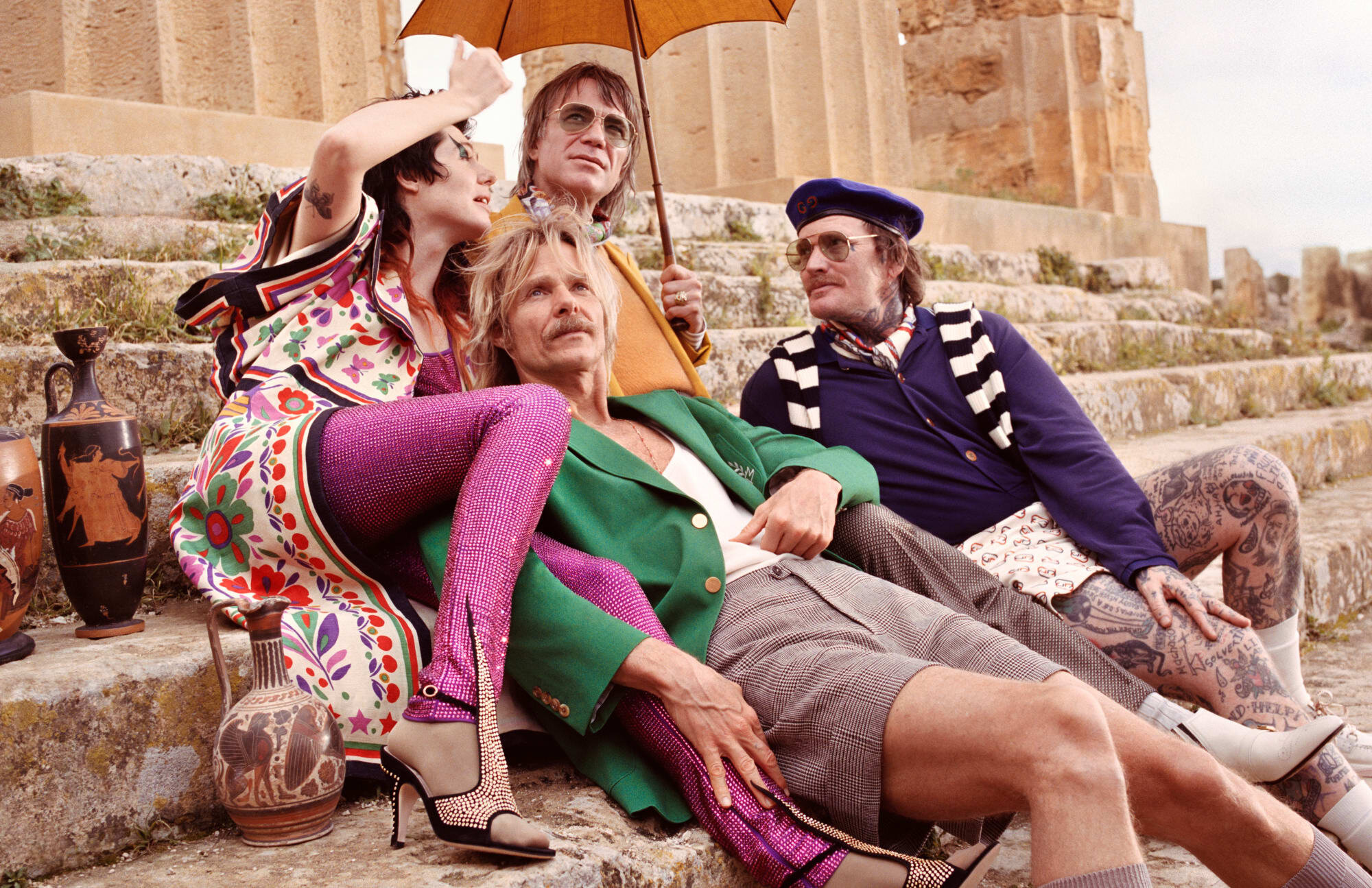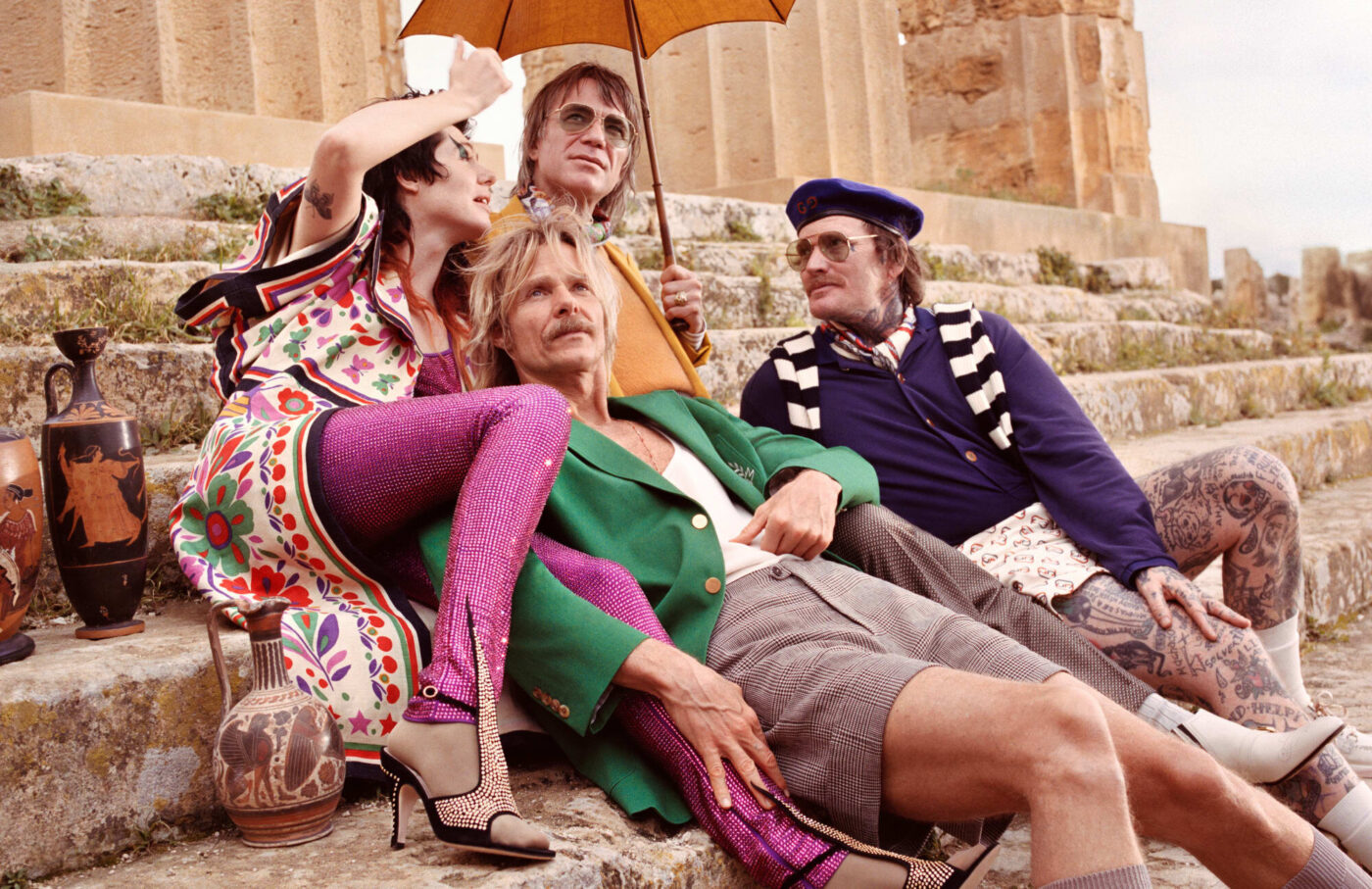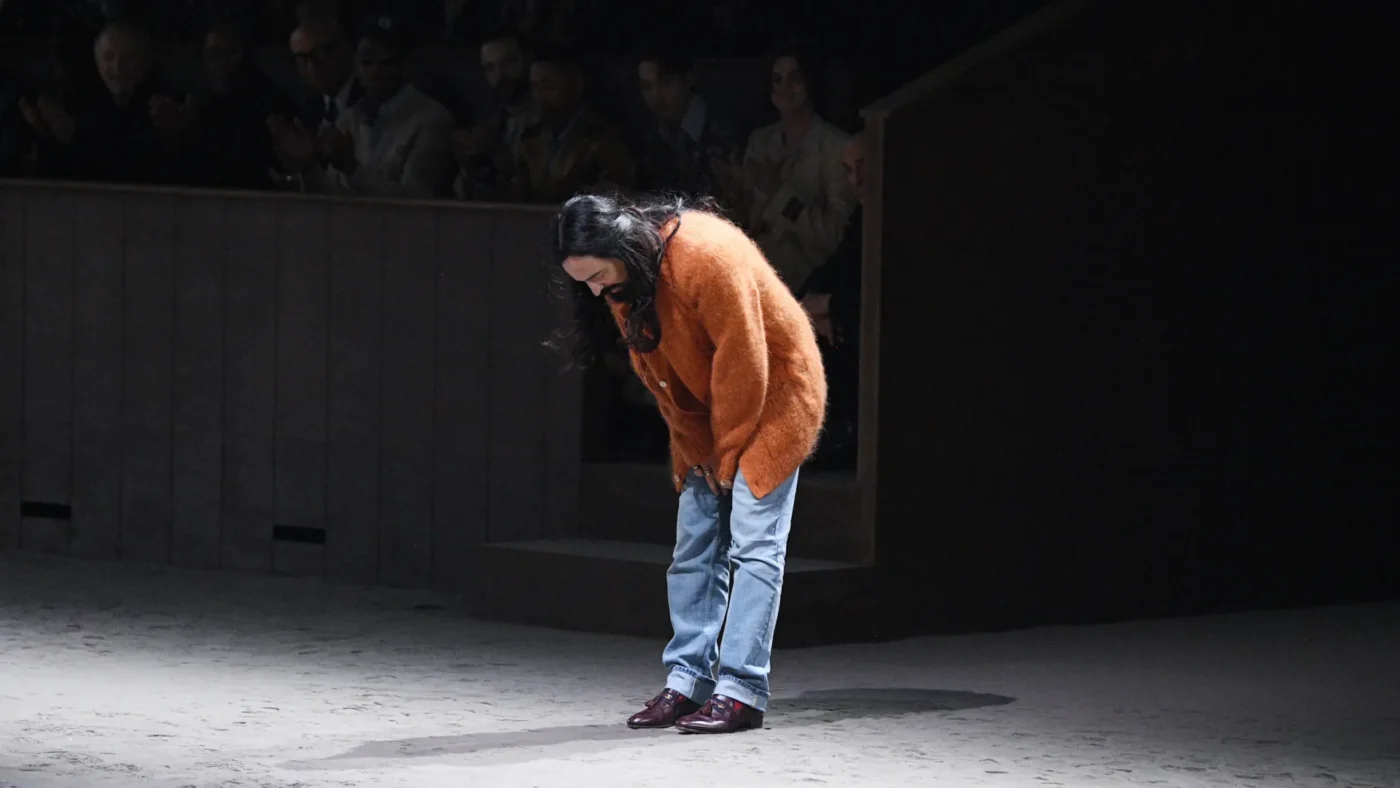I: Infatuation
Coup de foudre. I remember well the first time I saw Alessandro Michele in person, in the half-light of the cloisters of Santa Maria Novella in Florence–one look and I was his.
Ale Michele, Gucci’s Creative Director from 2015-2022, is, without any doubt, one of the greatest talents of the second millennium: as a designer, he contradicted all logic and for seven years, mesmerized the fashion system. When Vogue Runway reported on his first show, their verdict was that “the new Gucci is nonconformist, romantic, intellectual.” The designer, on the other hand, simply declared, “I am passionate about forms of madness.” Competitors and admirers alike were transfixed in the grip of a kind of Alice in Wonderland fervor. His designs seemed to say, “I put a spell on you.”
Michele and Marco Bizzarri, Gucci’s CEO, were professional partners for years–like in a relationship, able to reach incredible heights when together. Then, suddenly, the creative romance was gone. Nobody knows why Michele left Gucci in November, 2022, effectively disappearing from the public eye when he did.

II: Love
It has been said that a person will have only three true loves in a lifetime: an adolescent one, a crazy love and a mature one. I really believe that the Era of Gucci under the vision of Alessandro Michele was a metaphor of crazy, passionate love itself: quoting the Latin poet Virgilio, Michele refers to his work as “omnia vincit amor” (an act of love).
When the former creative director Frida Giannini left the company, Bizzarri appointed Michele to the role; his first move at Gucci was to cast nonbinary and gender-bending models in the Gucci Men’s Fall/Winter 2015-16 show, ushering in a new era of progressivity for the historical fashion house.
With an eye to the future, Michele sorted chaos into a new creative order. He was to Gucci what Homer was to the epic poems: a visionary rhapsodist, capable of stitching together different worlds to build a revolutionary aesthetic made of quotations and cross-references, a winning formula of expressive freedom and culture. His revolutionary spirit is palpable through his designs: fur-lined loafers; the iconic puffy shoulders of the 1980s, affixed to juxtapositions of Renaissance corsets; 1970s hemlines paired with lavalliere shirts; clogs, first seen associated with 2nd-wave feminists, alongside lamé disco sandals; diamond-studded sunglasses; streetwear accessories that look like jewelry; bright socks and lace gloves; monochromatic looks in a Wunderkammer of colors, shapes and materials.


“I see my idea of who the Gucci man and woman are in the past and I think it is something that needs to be brought back to life. Their identity is in the streets, that’s where everything happens today,” Michele said. And so he made clothes worn indiscriminately by all genders. And he chose artists, intellectuals, musicians like Francesco Bianconi and Lucio Corsi, photographers like Petra Collins for campaigns–not models, but normal people–and drew out their allure. Even the professional models who walked were chosen for their non-canonic looks, proudly flaunting crooked teeth, big ears and hooked noses.
His nonconformist take on fashion was also very much rooted in the intersections of cultures and subcultures. With a taste for a jet-set lifestyle of punk music, Michele introduced pagan mythology, mixed with English vintage and Florentine Renaissance references, to Gucci and referred to ancient Greek and Latin languages, using words from their lexicons on social media and in Gucci’s collections.
In fact, Michele’s narrative for the new Gucci began with the ancient myth of Orpheus and Eurydice. In a series of four short films set in New York City, director Gia Coppola reinterpreted the Greek legend of the two ill-fated lovers in a contemporary key, setting the stage for the Pre-Fall 2016 collection, designed to express concepts as dear to classical antiquity as to business: persuasion and trust. Like the gods of the Greco-Roman world, Michele’s figures felt like timeless repositories of higher values.
More than just a designer, Michele is a philosopher, a scholar, a collector, a lover of earthly and otherworldly objects. He succeeded in celebrating the chaos of personal identity and, in doing so, generated a change in the fashion world, suggesting an alternative way of conceiving style and beauty. He was one of the first to challenge the concept of gender on such a large stage.
Gucci gradually became Alessandro Michele. The ways in which he managed to give life to so many layers of history and identity at once was, for him, akin to “speaking in more than one language.”

Photography by Alessandro Michele
III: Loss
Today, Alessandro Michele is no longer a part of his own world, and looks, as if someone apart from himself, at his own creation. Instead of new collections and campaigns, fans now eagerly await to read his new book, in collaboration with philosopher Emanuele Coccia, in which they discuss a shared vision of fashion–not limited to the material alone, but a true art, able to shape identity and culture: “Clothing is not an inert object, but connects with the body it covers.”
The aforementioned myth of Orpheus and Eurydice goes like this: the talented musician Orpheus descended into the underworld, playing his music to charm Hades and persuade the god of the underworld to release his beloved wife Eurydice, who had died after being bitten by a snake. Moved by the musician’s singing, Hades granted Orpheus the right to return with Eurydice, provided, however, that he did not turn to look at her on the way back to the land of the living. But when a strong wind forced Eurydice to let go of Orpheus’ hand, Orpheus broke the one rule and Eurydice vanished back into the realm of the dead.
Thanks to Michele, Gucci has managed to establish itself on top in the fashion world, but this spell risks remaining, like the love of Orpheus and Eurydice, only a myth. Perhaps CEO Bizzari, like Orpheus, has turned around before his time. Or perhaps it is the creative director, who, like Eurydice, let go of the hand too quickly. We shall see what Gucci will be without him.







